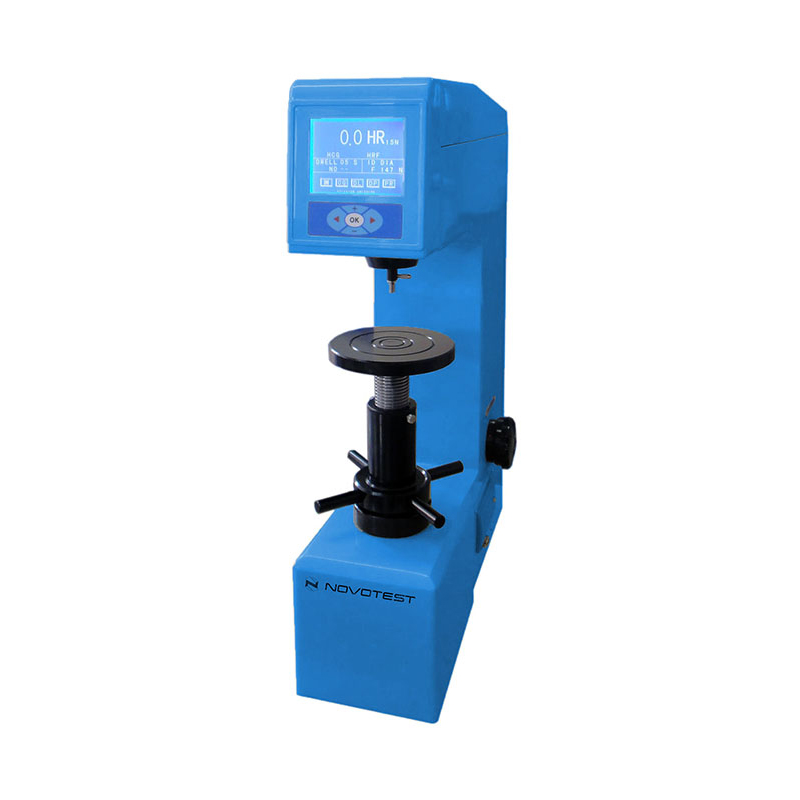Viscosity Flow Cup, a precise and reliable instrument used to measure the viscosity of liquids. This instrument is particularly useful in industries such as coatings, paints, inks, and adhesives, where understanding the flow characteristics of liquids is crucial for quality control and process optimization. Here are the key features of our Viscosity Flow Cup:
Novotest
Viscosity Flow Cup
Key Features:
- Cup Design: The Viscosity Flow Cup consists of a cup with a specific shape and dimensions, designed to allow the liquid to flow through an orifice under the influence of gravity.
- Orifice Size: The orifice size of the flow cup is standardized, and the viscosity of the liquid affects the flow rate through this orifice. Smaller orifices are used for measuring higher viscosity, while larger orifices are suitable for lower viscosity fluids.
- Material Compatibility: The flow cup is typically constructed from materials that are chemically resistant and compatible with a wide range of liquids, ensuring accurate and repeatable measurements.
- Viscosity Range: Viscosity flow cups come in various sizes and designs, each suitable for a specific viscosity range. This allows for flexibility in measuring a broad spectrum of liquid viscosities.
- Calibration: The flow cup is calibrated to provide accurate viscosity measurements. Regular calibration checks are essential to maintain precision and reliability in the measurement results.
- Time of Efflux: The time it takes for a certain volume of liquid to flow through the orifice (time of efflux) is measured and used to calculate the viscosity of the liquid.
- Standardization: Viscosity flow cups are often manufactured to conform to industry standards and specifications, ensuring consistency and comparability of results across different instruments.
- Portable and Lightweight: The compact and lightweight design of the flow cup makes it portable and suitable for on-site viscosity measurements, providing convenience in various industrial settings.
- Easy to Use: Viscosity flow cups are designed to be user-friendly, allowing operators to quickly and easily perform viscosity measurements without the need for complex procedures.
- Versatility: The flow cup is versatile and can be used with a variety of liquid samples, making it a valuable tool in industries where the viscosity of materials is a critical parameter.
- Cleaning and Maintenance: The flow cup is designed for easy cleaning and maintenance to prevent cross-contamination between different samples and ensure the instrument’s longevity.
- Temperature Control (Optional): Some advanced models may include temperature control features, as viscosity is often temperature-dependent. Maintaining a consistent temperature during measurements enhances the accuracy of viscosity readings.









